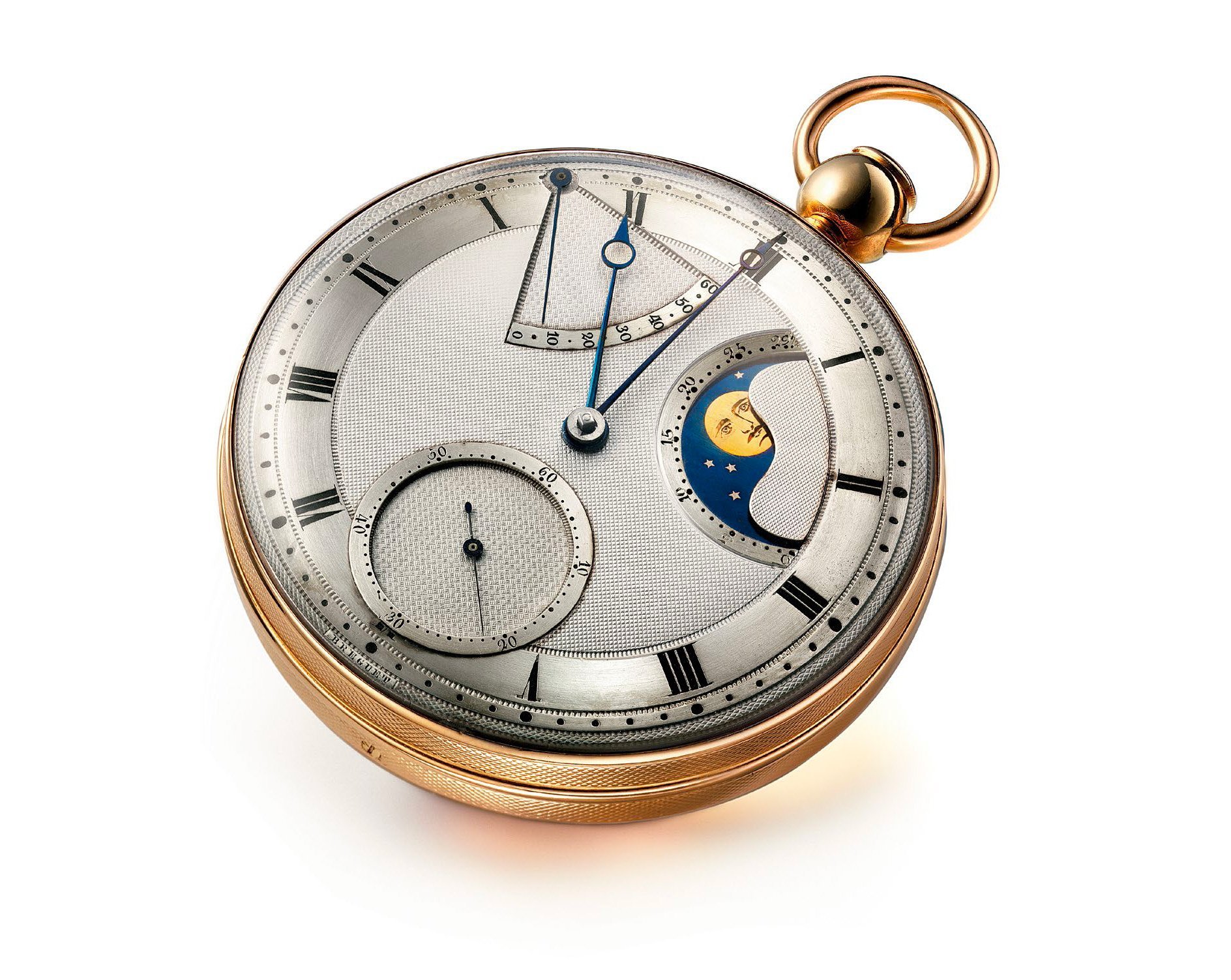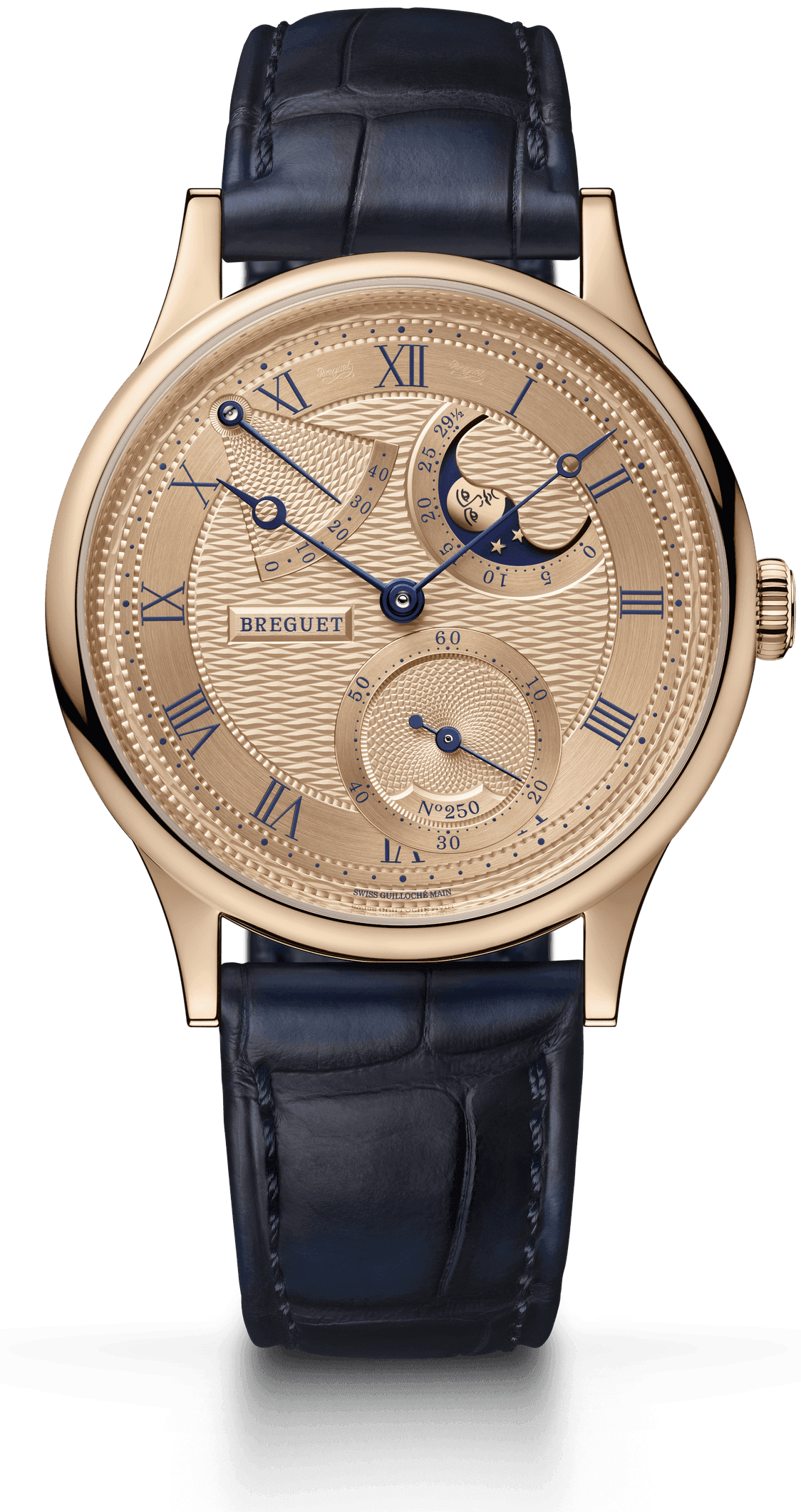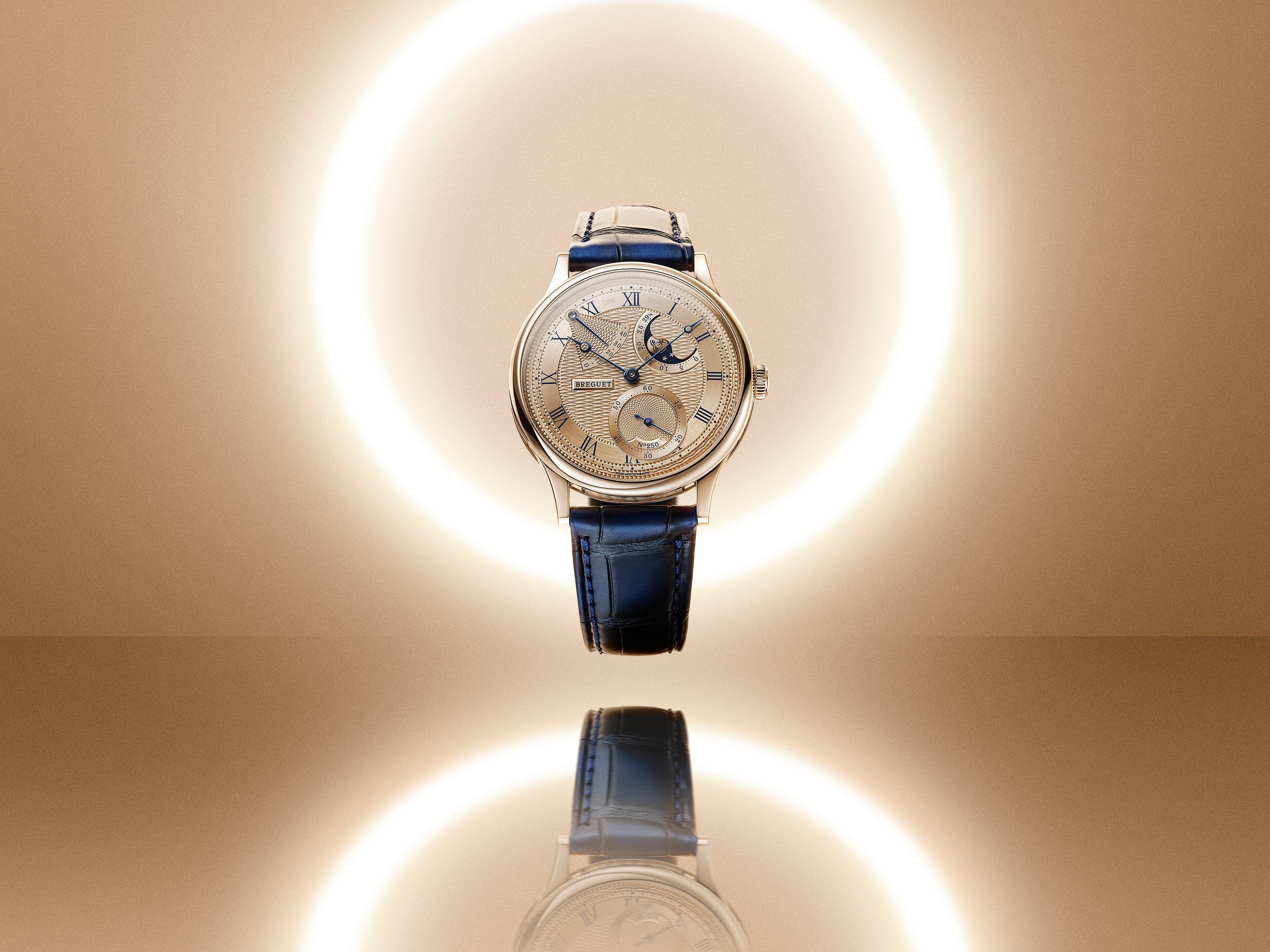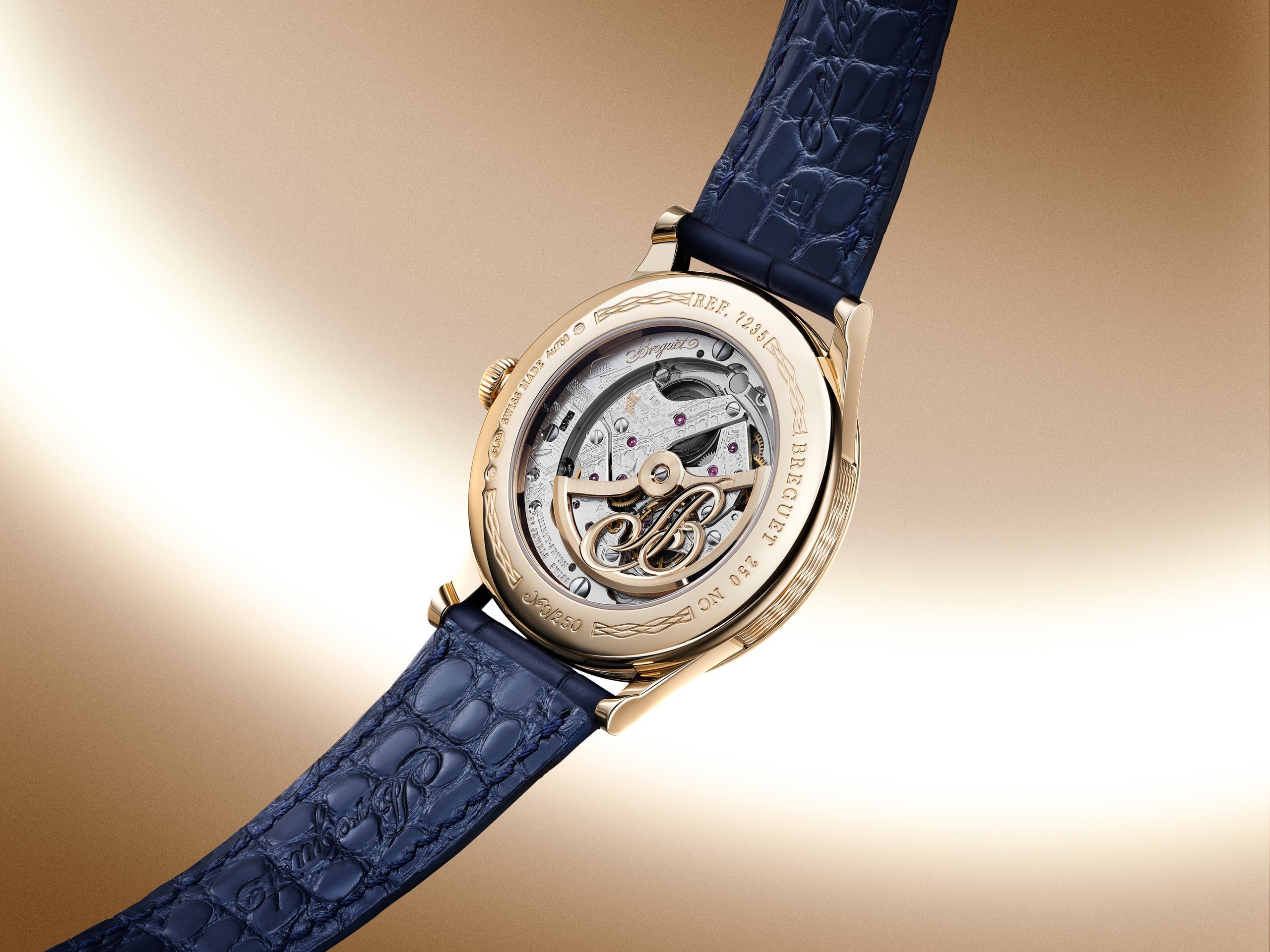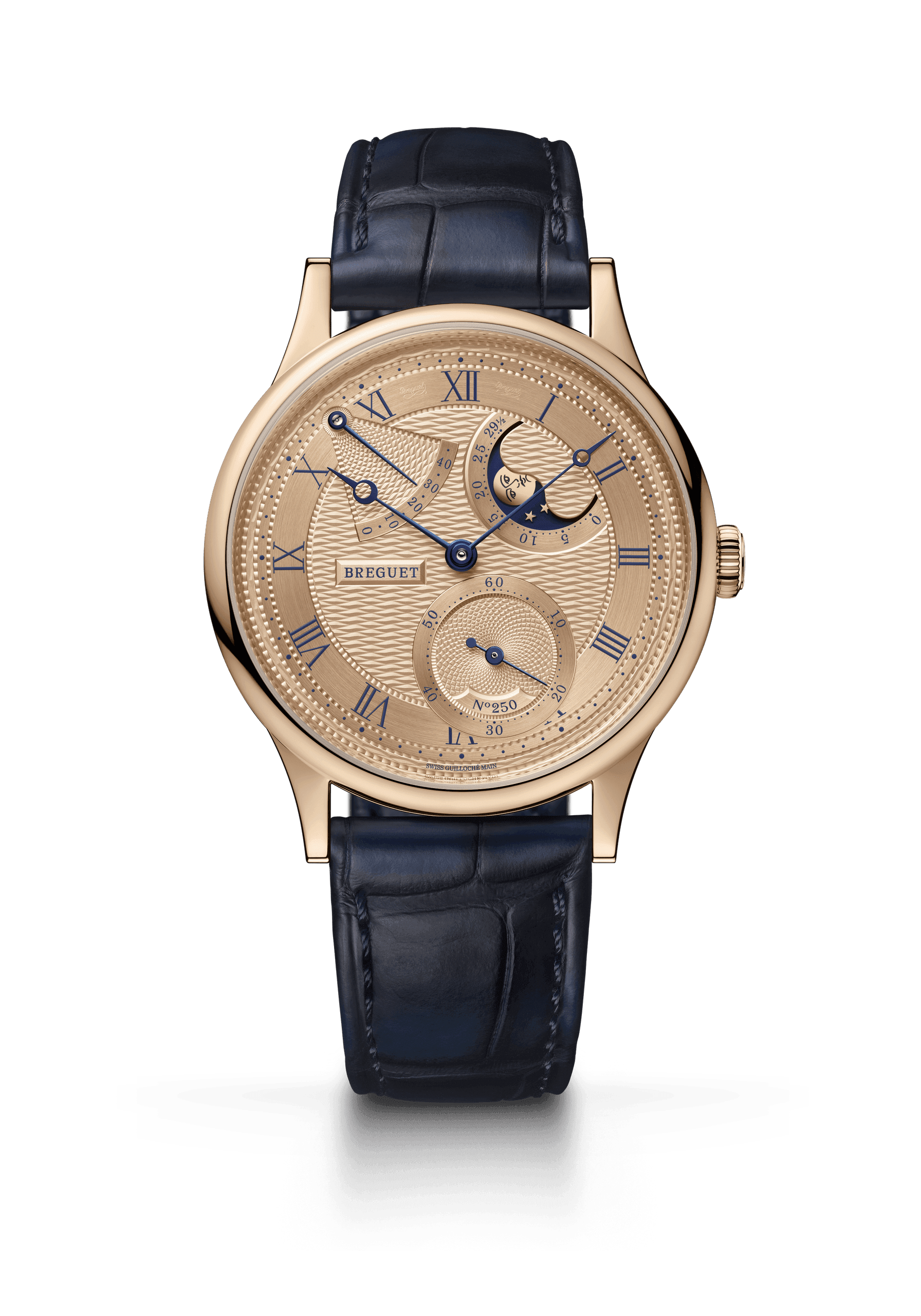Classique 7235
How did the fundamentals of the Breguet style originate? They are so deeply rooted in the Manufacture’s 250-year history that pinpointing a single origin is a daring endeavour. They were however formally codified by one historic timepiece: the No. 5 watch delivered in 1794 – to which today’s Classique 7235 pays fitting tribute.
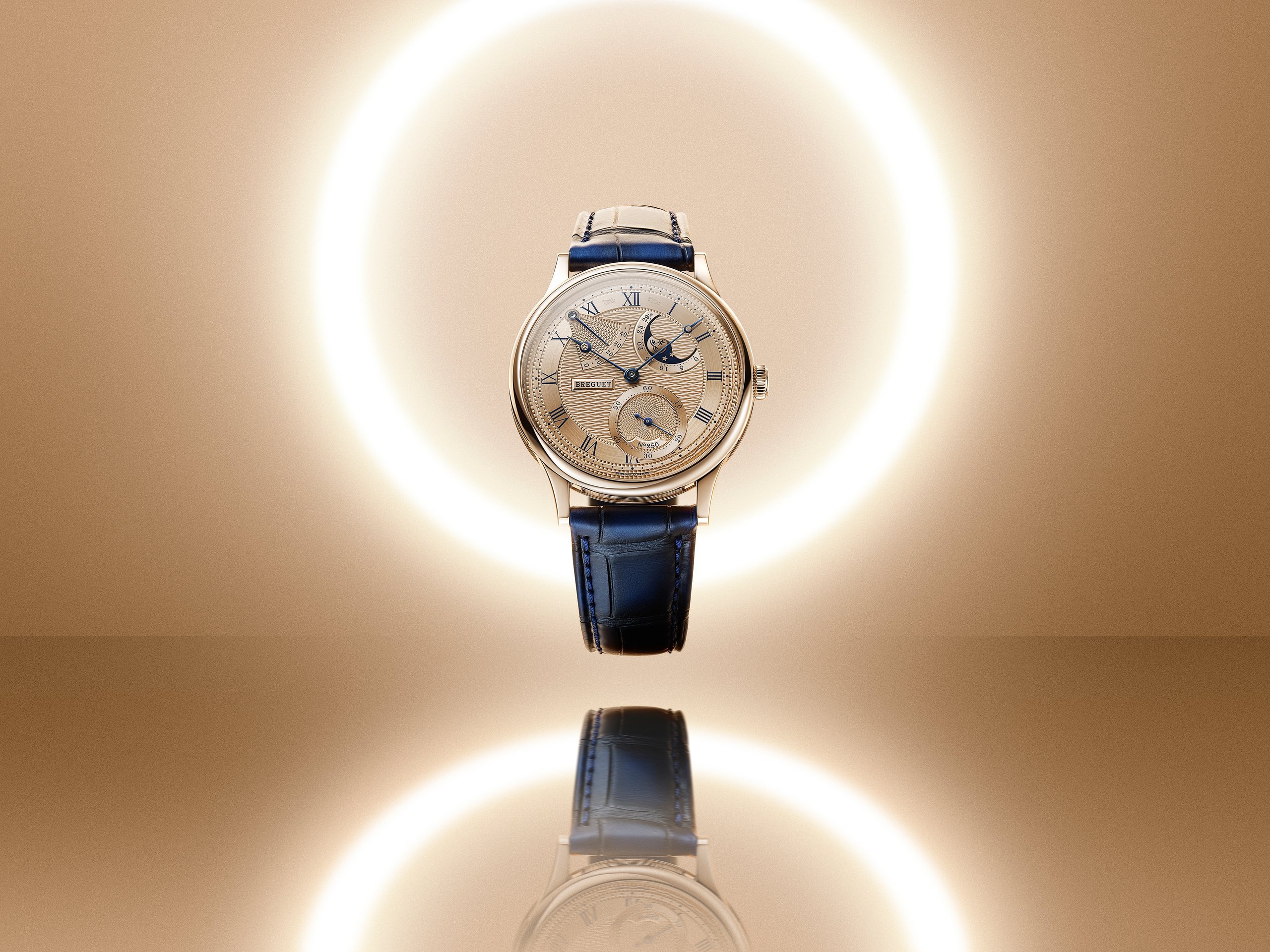
A tribute to the foundingprinciples of the Breguet style
Breguet is far more than a name. It was a man with an incredible vision, a lineage, of avant-garde watchmaking, with instantly recognisable style – notably evident in the famous “Breguet hands” – that extends far beyond the Manufacture and is frequently copied.
In this respect, the technological advances made by Abraham-Louis Breguet are as essential to contemporary watchmaking as his aesthetic codes – as is testified by the Classique 7235. There is a historical irony that needs to be understood: the style invented by Abraham-Louis Breguet was anything but “classic” at the time, but instead profoundly disruptive and innovative.
When he moved to Paris in 1775, clock and pocket-watch faces were dense, cluttered and brimming with baroque ornamental touches that were not necessarily unsightly but lacked both coherence and identity.
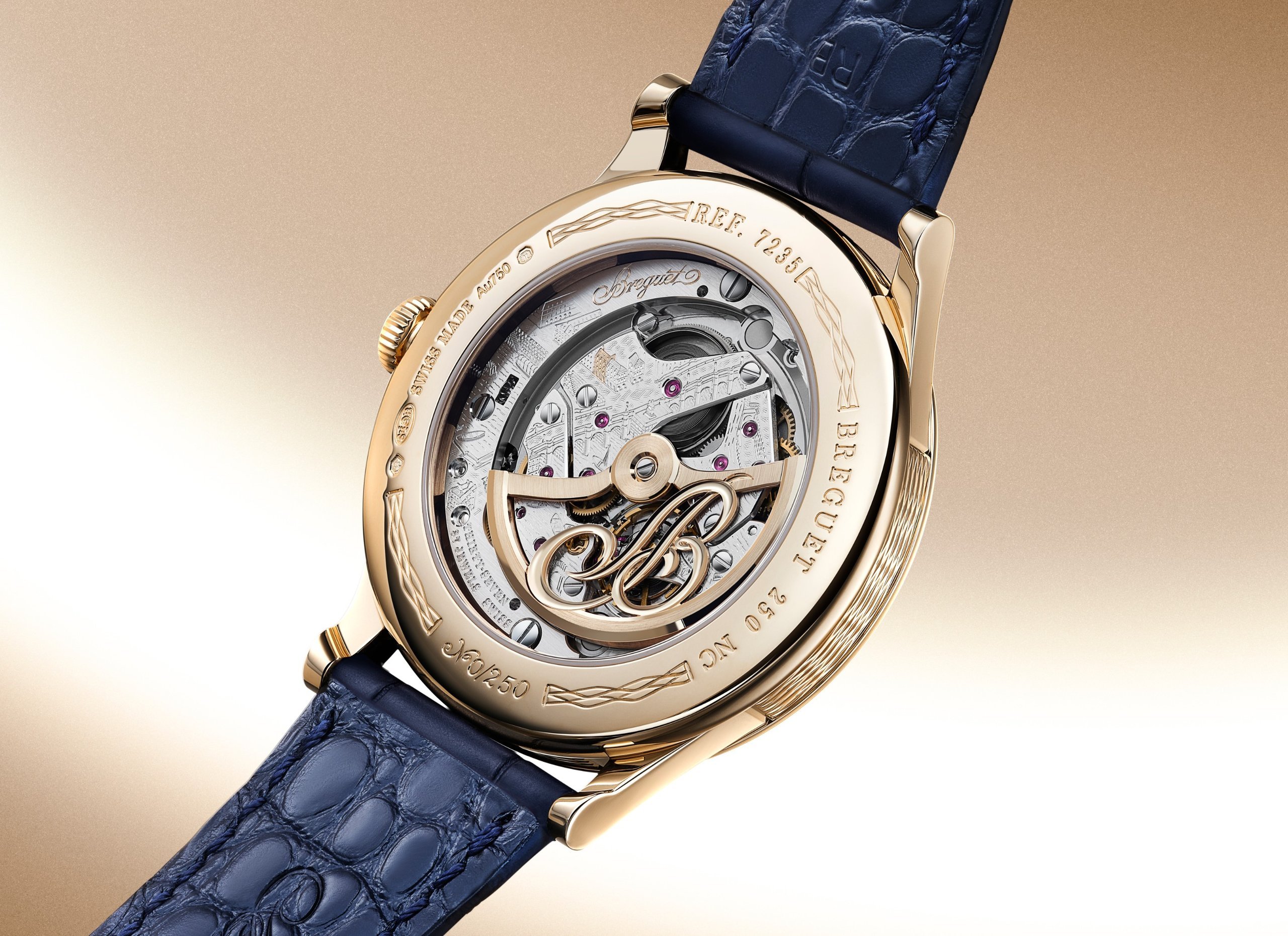

A face,a signature
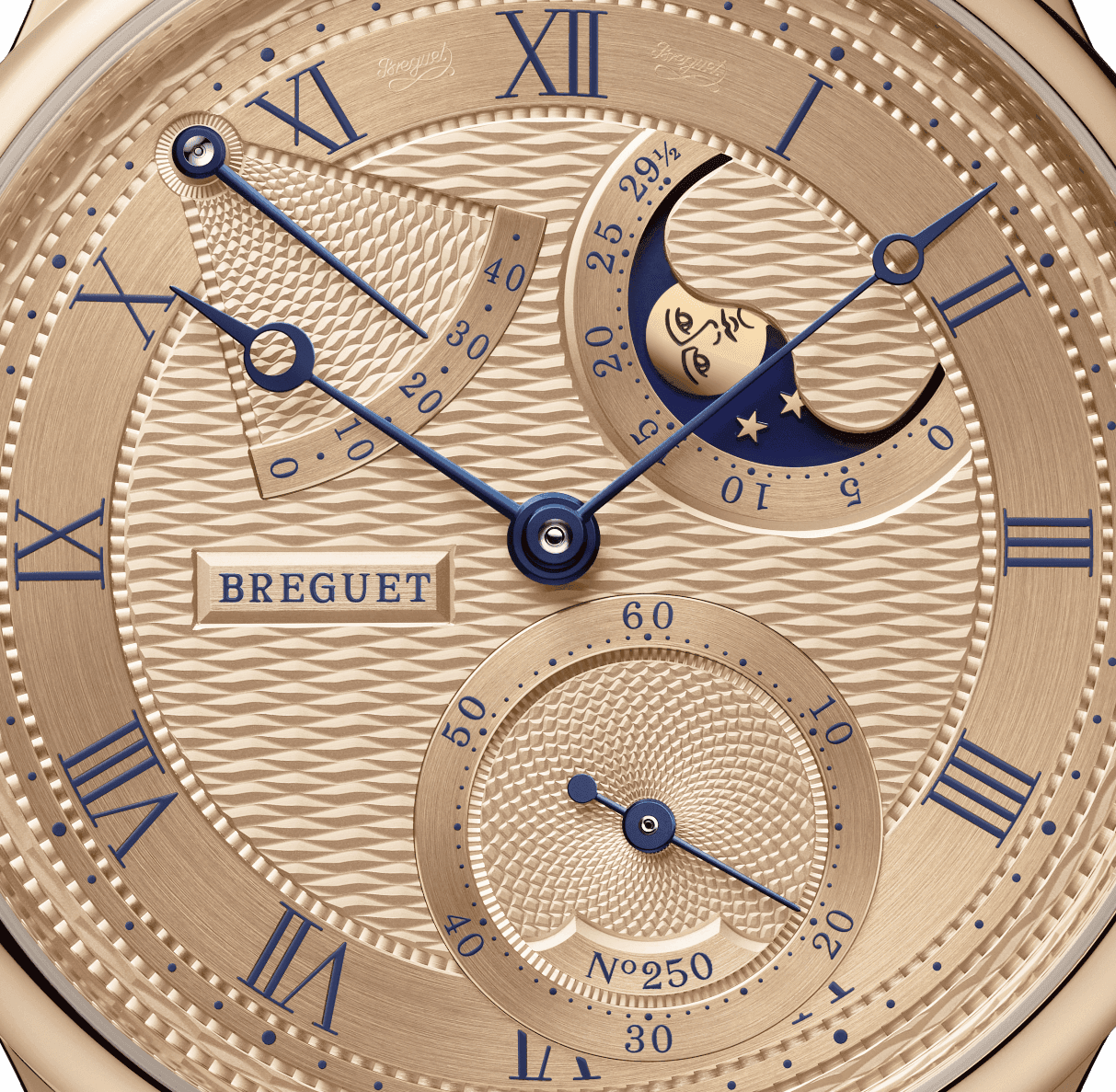

On the dial side, the timepiece echoes most of the complications of the No. 5 watch, as well as their general layout: two central hands, power reserve between 10 and 11 o’clock, moon phase at 2 o’clock and small seconds at 5 o’clock. At Breguet, complications have always been gracefully displayed on dials that are always different yet guided by the same sense of balance.
Newin-house movement
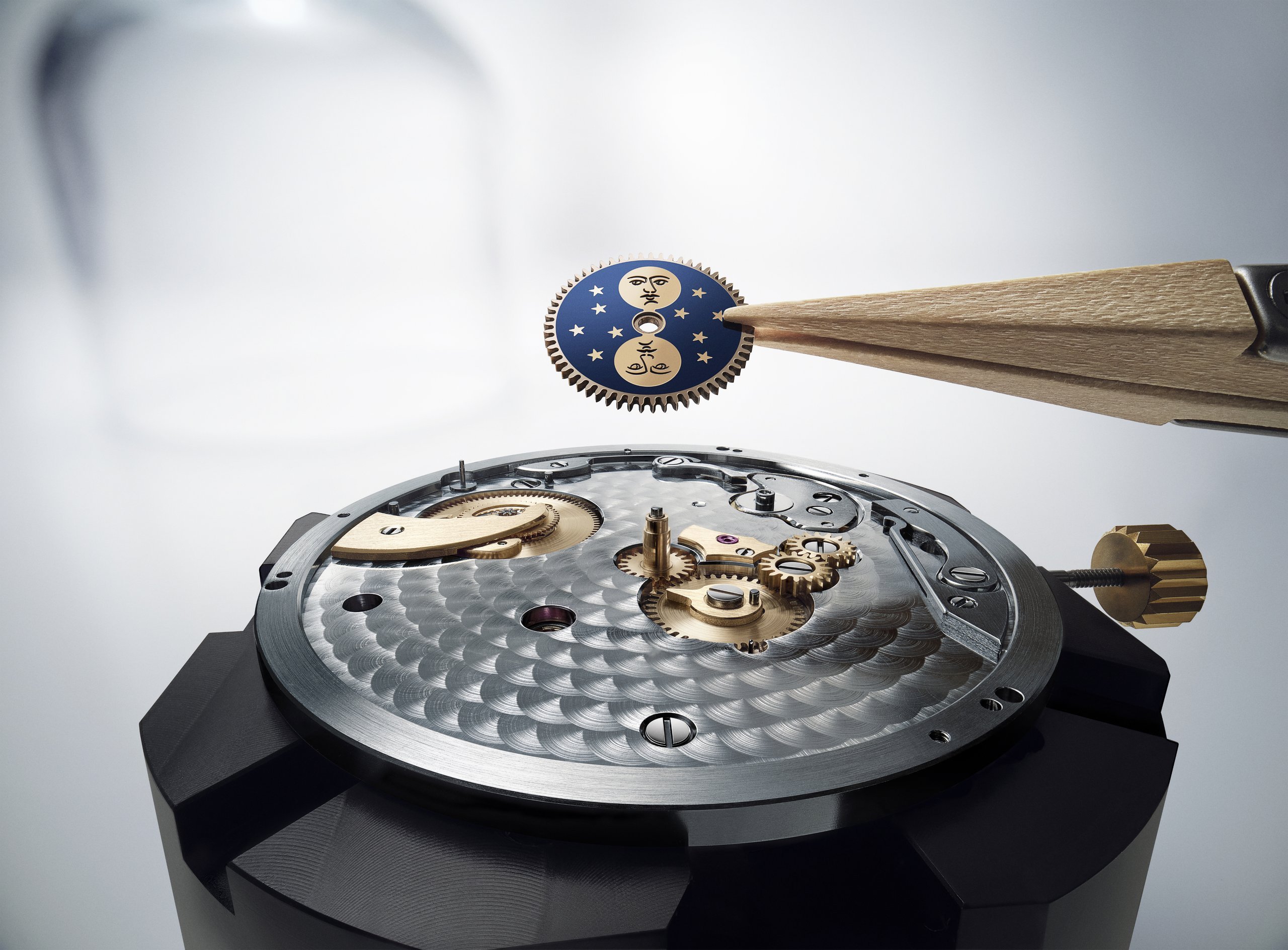

In 2025 Breguet created a new calibre to power the Classique 7235: the 502.3.DRL equipped with a silicon balance-spring. Even before these complications, it is worth noting that this is a self-winding mechanism which is significant, since the 1794 No. 5 watch was also automatic.
Back in the day, this aspect was a technical revolution. A.-L. Breguet is truly the father of the perpétuelle watch, the ancestor of the contemporary self-winding watch.
In 1790, the great watchmaker mentioned that he had been “working on it for 25 years”, which suggests that he had already begun to develop it around 1775. The Breguet Museum currently holds the oldest “perpétuelle watch”: the Breguet 1/8/82, completed in August 1782 and the only one that can formally attest to Breguet’s precedence in this field. The Classique 7235 now pays him the tribute he so richly deserves.
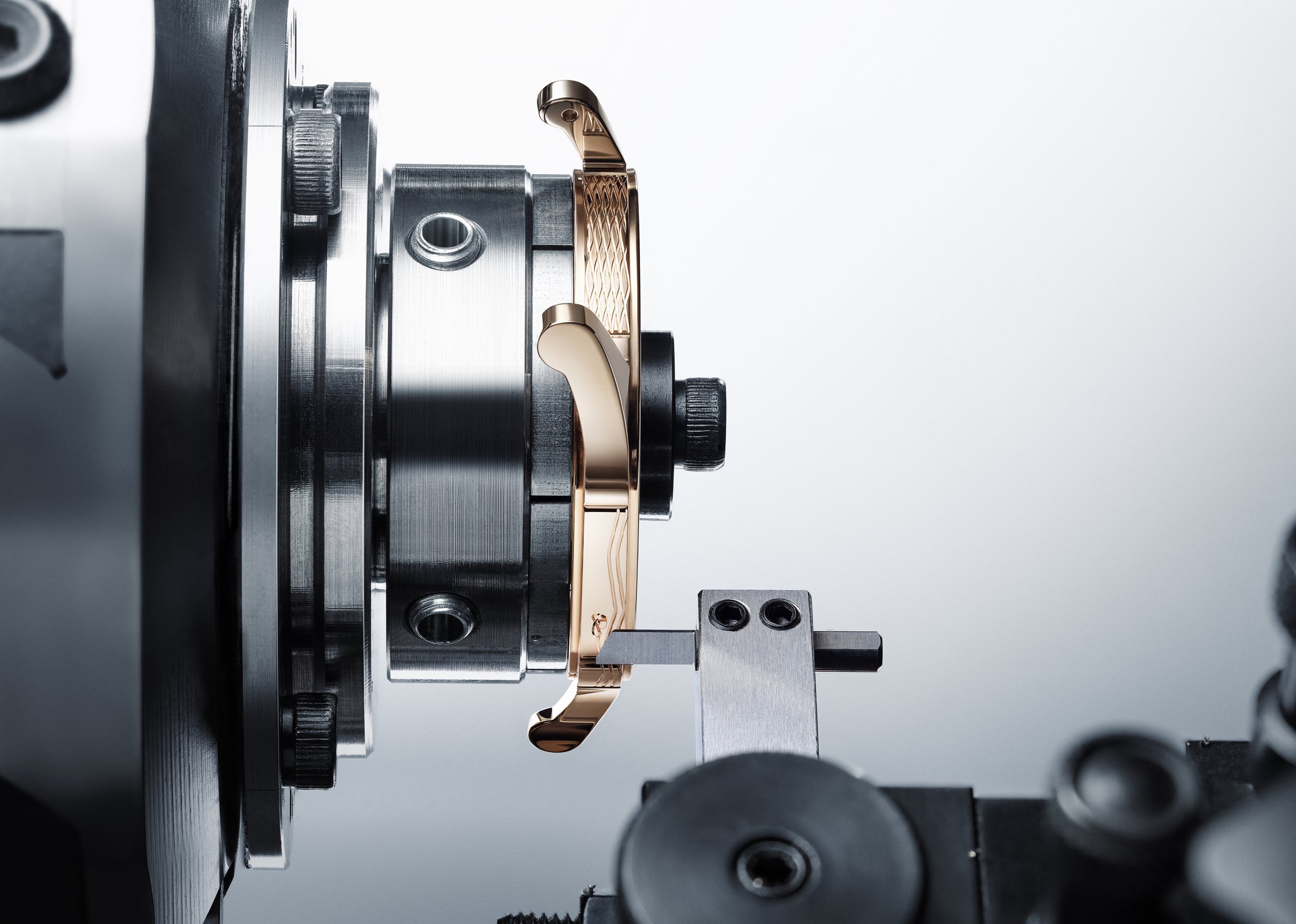

Peakfinishes
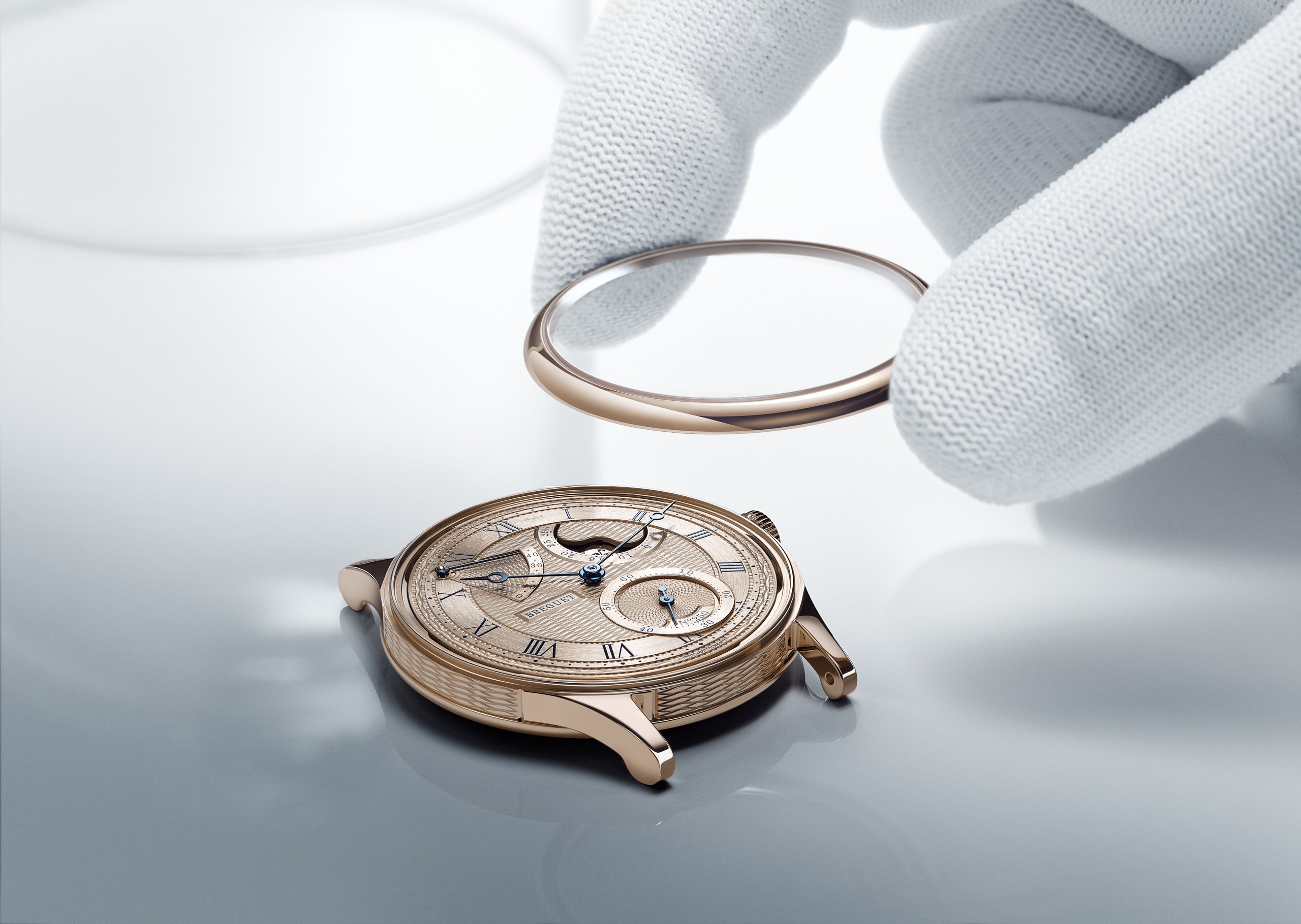

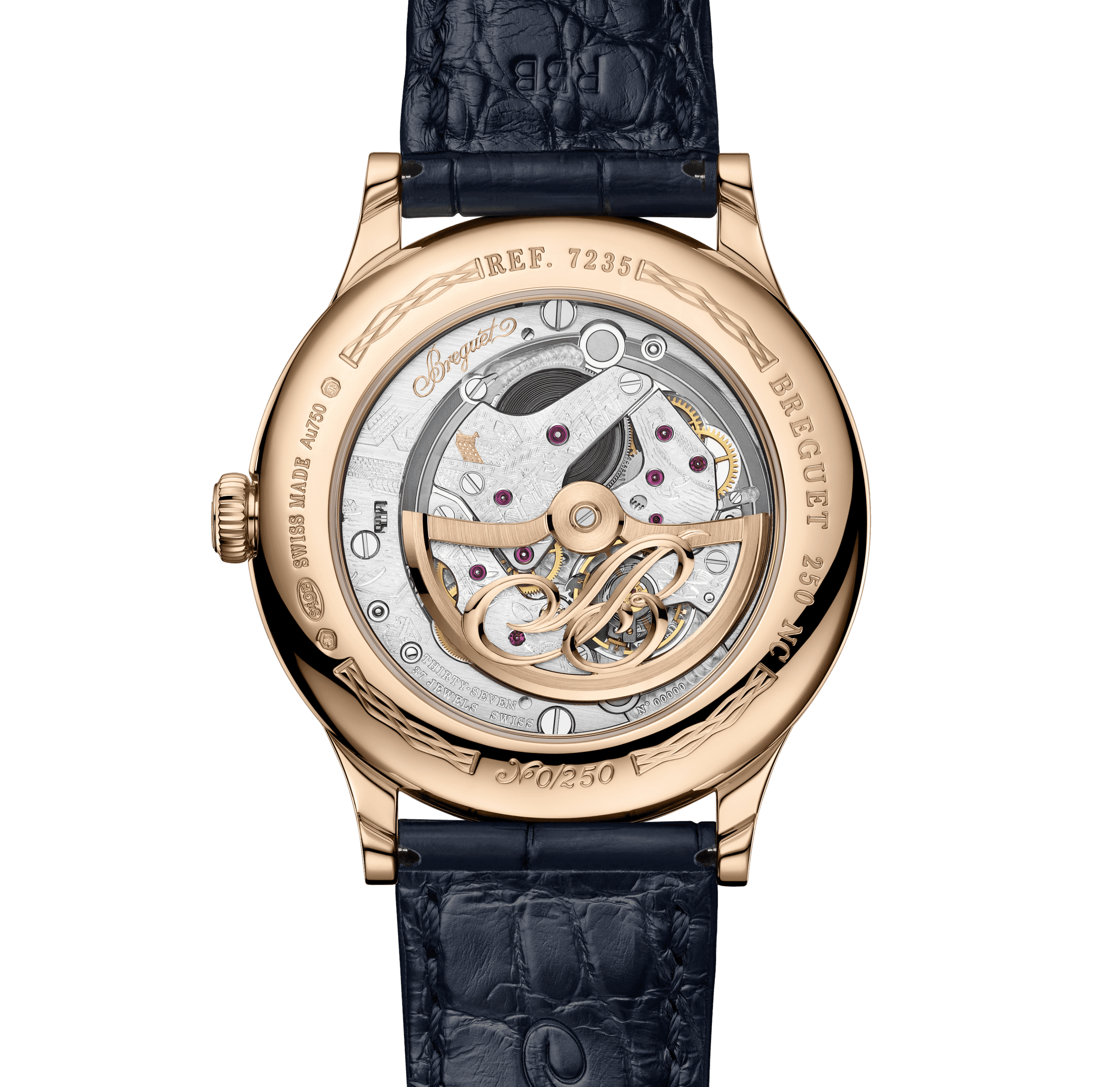

The large sapphire crystal on the back of the Classique 7235 reveals a bird’s eye view of the entirely hand-engraved movement. Reserved by the Manufacture for its exceptional timepieces, this treatment offers a view of a so-called “Turgot” map depicting the Quai de l’Horloge, where the maestro’s workshops were located.
The authors of this most famous map of Paris at the time were Michel-Etienne Turgot (not to be confused with the eponymous minister) who commissioned this watch and Louis Bretez, a member of the Academy of Painting and Sculpture. It covered an extraordinary surface area of 2.49 m × 3.18 m. Nearly three centuries after its creation, its incredible accuracy continues to fuel the collective imagination surrounding the City of Light.
The BreguetN°5
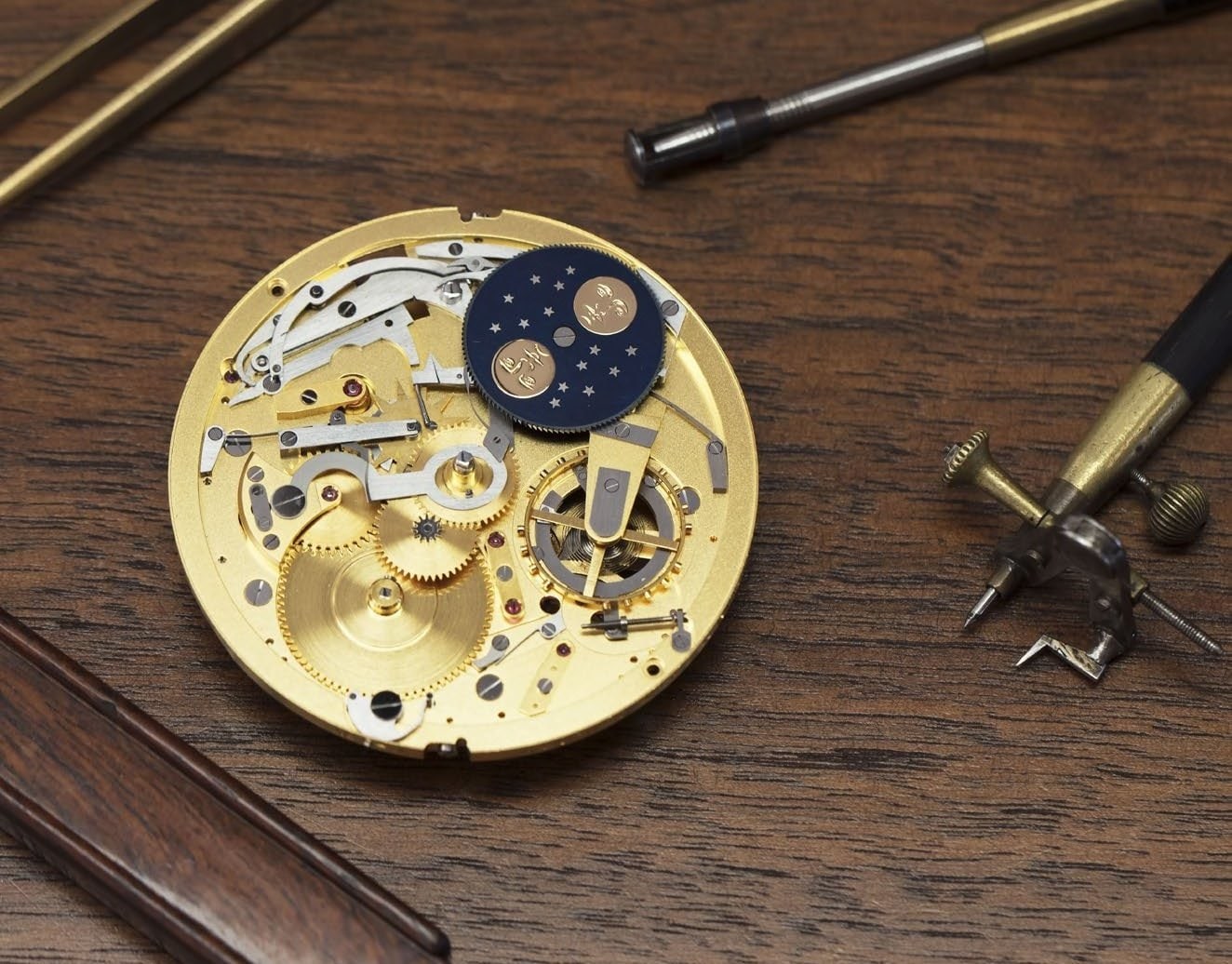

Watch No. 5 was delivered on 14 March 1794. This was a pivotal period in the life of A.-L. Breguet. Since 1789, his trade with neighbouring England had been growing and he travelled there three times in as many years.
Returning to Paris after his first trip to London, Breguet witnessed the French Revolution firsthand. It was even the first time he went beyond his strict role as a watchmaker, taking a clear stand in favour of profound reforms of the regime. But times were difficult, especially for Breguet, who was experiencing some difficulties in getting his customers to pay him – and even though business was good for him as such, the political climate was becoming tense.
